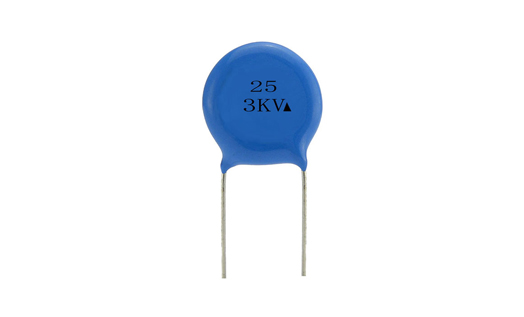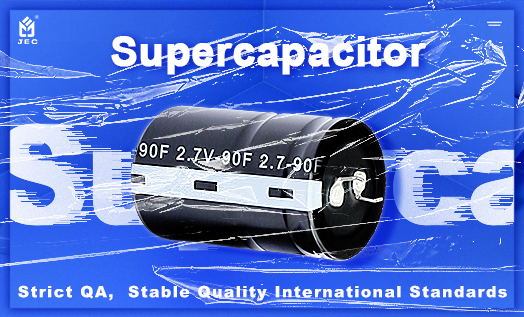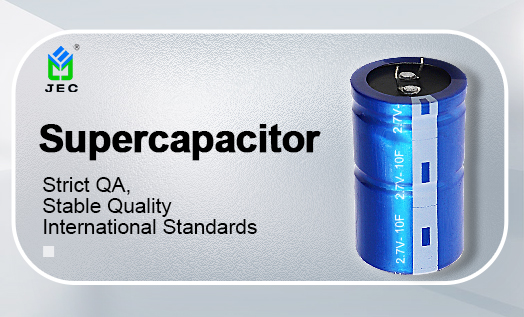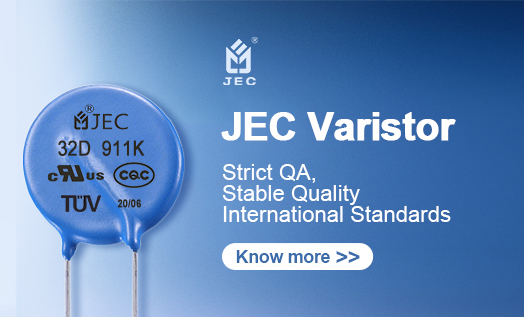Mar. 22, 2021
What Is a Ceramic Capacitor?
The capacitor is one of the basic building blocks of the modern world. From the speakers of the car to the flash of the camera, these rechargeable storage devices are all at work. Ceramic capacitors are one of the most important types of capacitors, which use a ceramic layer as a medium between two or more conductive charge storage plates.
What is a ceramic capacitor?
Ceramic capacitors were first developed in Germany in the 1920s as a substitute for mica dielectrics. In the 21st century, the International Electrotechnical Commission (IEC) currently divides ceramic capacitors into two categories. According to IEC guidelines:
Class 1 capacitors are made of finely ground secondary electrical materials with high stability.
Class 2 capacitors are made of ferroelectric materials. Compared with the first type of components, class 2 has a higher capacitance per volume, but the accuracy and stability are lower.
Although ceramic capacitors are very abundant and useful, they are not the only charge-holding components available. Other types of capacitors have their unique advantages and disadvantages. Ceramic capacitors belong to a category of non-polarized capacitors. Instead, polarized capacitors must be correctly connected in positive and negative configurations.
Ceramic capacitors completely belong to the class of non-polarized capacitors. When a dielectric separates two parallel plate conductors, they will be capacitive and store charge on the plate. Due to their simplicity, we can replace ceramics with several dielectric materials.
Ceramic capacitors and supercapacitors
We can classify supercapacitors as a form of polarized capacitors because they contain positive and negative leads, but these devices are in their own category to some extent. Supercapacitors use the movement of ions through the electrolyte to dynamically form Helmholtz double layers. This double layer is like a very thin-less 0.001 μm dielectric. These capacitors provide excellent energy storage capabilities, but because their charge absorption and dissipation are relatively slow compared to ceramic and other types of capacitors, they are not suitable for filtering. In addition, their charge and discharge life are limited, and the overall dielectric breakdown voltage is low.
Ceramic capacitors and tuning capacitors
Ceramic capacitors can maintain a constant rating very well, but your application may require you to dynamically change your capacitance. If so, an adjustable, or turning, the capacitor may be the correct component. The design of the tuning capacitor is to move two parallel plates to increase or decrease the capacitance. Although largely replaced by other technologies, tuning capacitors once enabled our radios to be tuned, and you can still find their work in certain fields and educational applications.
We are Ceramic Capacitor Suppliers. If you are interested in our products, please feel free to contact us.

Previous: Capacitor Vs. Resistor
Next: Uses of Resistor

Why Is It Called a Supercapacitor
Mar. 22, 2021

Application of Supercapacitors in EVs
Mar. 22, 2021

Varistor Purchasing Skills You Need to Learn
Mar. 22, 2021
+86 181 2299 5593
+86 18122995593
+86 769 8831 3605
Beside Luchong Bridge, Hou Road, Caibai Village, Daojiao Town, Dongguan, Guangdong, China
Navigation